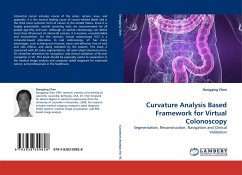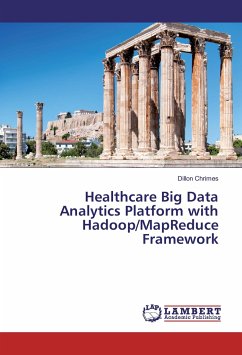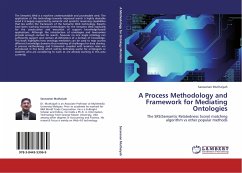
Curvature Analysis Based Framework for Virtual Colonoscopy
Segmentation, Reconstruction, Navigation and Clinical Validation
Versandkostenfrei!
Versandfertig in 6-10 Tagen
32,99 €
inkl. MwSt.

PAYBACK Punkte
16 °P sammeln!
Colorectal cancer includes cancer of the colon, rectum, anus, and appendix. It is the second leading cause of cancer-related death and is the third most common form of cancer in the United States. Since it is largely preventable, several screening tests are recommended for all people age fifty and over. Although an optical colonoscopy can detect more than 90 percent of colorectal cancers, it is invasive, uncomfortable and inconvenient. On the contrary, virtual colonoscopy (VC) is a computer-based alternative to real colonoscopy. VC has many advantages, such as being non-invasive, more cost-eff...
Colorectal cancer includes cancer of the colon, rectum, anus, and appendix. It is the second leading cause of cancer-related death and is the third most common form of cancer in the United States. Since it is largely preventable, several screening tests are recommended for all people age fifty and over. Although an optical colonoscopy can detect more than 90 percent of colorectal cancers, it is invasive, uncomfortable and inconvenient. On the contrary, virtual colonoscopy (VC) is a computer-based alternative to real colonoscopy. VC has many advantages, such as being non-invasive, more cost-effective, free of risks and side effects, and easily tolerated by the patient. This book is concerned with 3D colon segmentation, 3D colon object Reconstruction, 3D centerline extraction for navigation, and clinical validation of fly-over navigation in VC. This book should be especially useful to researchers in the medical image analysis and computer aided diagnosis for colorectal cancer, and professionals in the healthcare.












